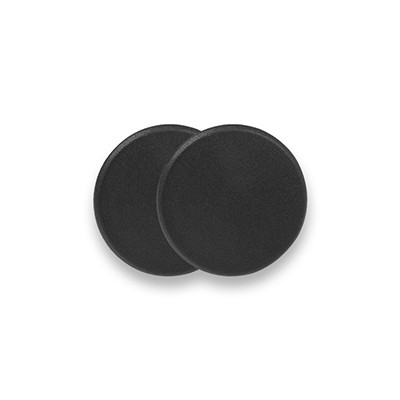RFID (Radio-Frequency Identification) technology has revolutionized various industries by providing a convenient and efficient way to track and manage objects and assets. RFID stickers, also known as RFID tags or labels, play a crucial role in this technology. But how exactly do RFID stickers work?
What is RFID?
Before delving into the working mechanism of RFID stickers, let’s understand what RFID is. RFID is a technology that uses radio waves to identify and track objects. It consists of three main components: an RFID chip, an antenna, and a substrate.
Components of RFID Stickers
- RFID Chip: The RFID chip, also called an integrated circuit (IC), stores and processes information. It contains a unique identifier and memory to hold additional data.
- Antenna: The antenna enables communication between the RFID sticker and the RFID reader. It emits radio waves to transmit data from the RFID chip to the reader and vice versa.
- Substrate: The substrate is the material on which the RFID chip and antenna are mounted. It provides support and protection for the components.
Working Principle of RFID Stickers
RFID stickers operate based on the principle of radio frequency communication. When an RFID sticker comes into the vicinity of an RFID reader, the reader sends out radio waves. These waves power up the RFID chip in the sticker, allowing it to transmit data back to the reader.
There are two main types of RFID stickers: passive and active. Passive RFID stickers rely on the energy from the reader to power the chip, whereas active RFID stickers have their own power source, typically a battery.
How RFID Stickers Are Programmed
Programming RFID stickers involves encoding information onto the RFID chip. This can include unique identifiers, product details, or other relevant data. Once programmed, RFID stickers can be written to and read from using an RFID reader.
Applications of RFID Stickers
RFID stickers find applications across various industries, including:
- Inventory Management: Tracking and managing inventory in warehouses and retail stores.
- Access Control: Granting access to restricted areas in buildings or facilities.
- Payment Systems: Contactless payment methods in transportation systems or retail environments.
Advantages of RFID Stickers
RFID stickers offer several advantages over traditional identification and tracking methods, including:
- Efficiency: Rapid and automated data capture, reducing manual effort and errors.
- Accuracy: Accurate and real-time information about the location and status of objects.
- Cost-effectiveness: Long-term cost savings through improved operational efficiency.
Challenges and Concerns
Despite their benefits, RFID stickers also pose certain challenges and concerns, such as:
- Privacy Issues: Potential misuse of RFID data leading to privacy violations.
- Security Vulnerabilities: Risks of unauthorized access or tampering with RFID systems.
Future of RFID Technology
The future of RFID technology looks promising, with ongoing advancements aimed at improving performance, reducing costs, and expanding applications. Emerging technologies such as printable and flexible RFID tags open up new possibilities for integration into various products and environments.
In conclusion, RFID stickers play a vital role in enabling efficient identification and tracking of objects across diverse industries. By understanding how RFID stickers work, we can better appreciate their significance in enhancing operational efficiency and improving customer experiences.
FAQs
- Are RFID stickers the same as NFC tags? No, although they both use radio frequency technology, RFID stickers are typically used for longer-range applications, while NFC tags are designed for close-range communication, such as smartphone payments.
- Can RFID stickers be reused? In some cases, yes. Passive RFID stickers can typically be read from multiple times, but active RFID stickers with batteries may have limited reusability.
- Are RFID stickers secure? While RFID technology offers security features, such as encryption, vulnerabilities still exist, and proper security measures should be implemented to protect against unauthorized access.
- What is the lifespan of RFID stickers? The lifespan of RFID stickers varies depending on factors such as environmental conditions and usage, but they can generally last several years.
- Are RFID stickers environmentally friendly? Many RFID stickers are made from materials that are recyclable, but like any electronic device, proper disposal methods should be followed to minimize environmental impact.
















